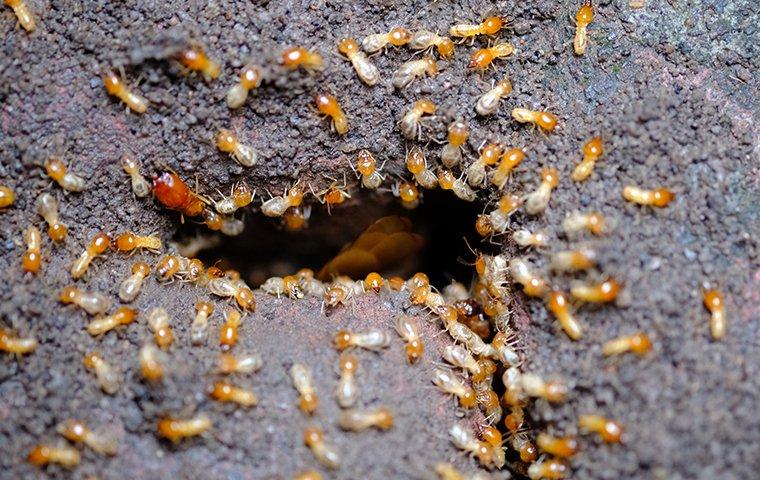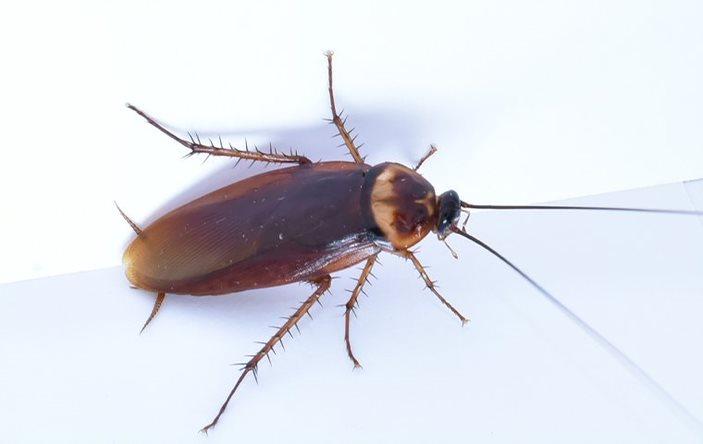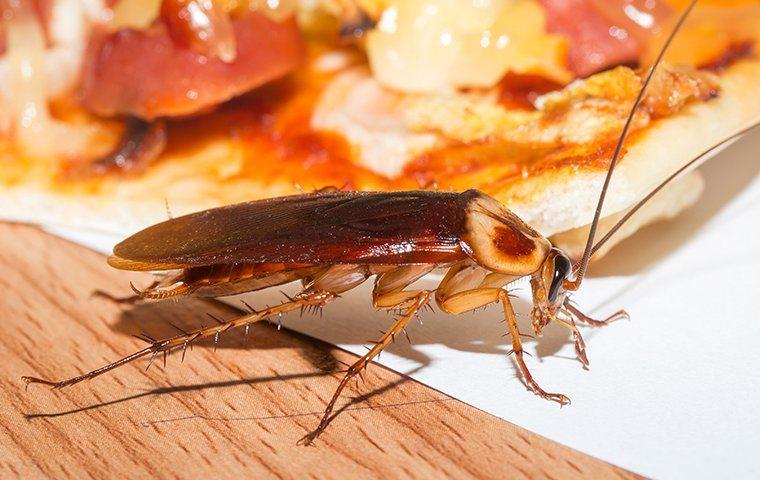What Not To Do When Dealing With Termites Around Your Jacksonville Property
Aug 10, 2020
When it comes to pests, some are nuisances, some are threats to humans and pets, and some pose dangers to our property. Given that termites cause over 5 billion dollars in property damage every year in the United States alone, it’s safe to say that they fall into the last category.

Yes, termites can be a very expensive pest to have around your house. This is why so many people turn to a vast array of DIY termite treatments they may have heard about from a friend or read about on the internet. However, many of these DIY treatments aren’t always as effective as advertised. As such, relying on them for termite treatment may leave you exposed, and wind up costing you more than if you called pest control professionals in the first place.
That is why it’s so important for you to know what works and what doesn’t when it comes to termite treatment. The difference could mean thousands of your hard-earned dollars.
Identifying Termites
Termites are ant-like pests that have six legs, bead-like antennae, and soft bodies that range from white to light brown in color. They have three classifications: workers, queens, and swarmers, which are the only termites to have wings.
When it comes to identifying termites in homes, you are more likely to notice signs of termites before you actually see any termites. These signs could be mud tubes in the soil around your property, tunnels chewed through old/moisture-damaged wood in your house, piles of tiny fecal pellets in window sills, or even the shed wings of swarmer termites if they are currently swarming (setting out to create new colonies).
If you notice any of these signs or spot any termites in your home, don’t hesitate and take immediate action. Just make sure to use tried and true methods, as many DIY termite prevention techniques may not be as effective as you’d expect.
The Pitfalls Of DIY Termite Control
Many homeowners, in an attempt to save money, try to take care of termite infestations themselves. Unfortunately, the techniques they rely upon may not work and can end up costing the homeowner more. Some DIY termite treatments that aren’t especially effective include orange oil, cardboard traps, OTC bait stations and insecticides, and vinegar.
The drawbacks of most of these are that they only target one type of termite (subterranean vs. drywood) or they only dispose of a fraction of the termite colony. It’s not necessarily that they don’t work, but that they don’t eliminate the entire population. It can be like trying to fix a leaky dam with duct tape in that it will never be completely effective.
When it comes to termite treatment, anything less than 100% effective could wind up costing you in property damage. That is why, for the most part, DIY treatments are not the best or most cost-effective way to get rid of termite infestations.
Tried And True Termite Prevention Tips
While DIY termite treatment techniques may not be reliable, there are some prevention techniques you should utilize to lower your chances of having a termite infestation in the first place. These include:
- Limit wood to soil contact around your property.
- Keep woodpiles and mulch away from your house.
- Fix or replace any moisture-damaged wood in your home.
The Most Reliable And Cost-Effective Termite Control
Given that if you rely upon DIY termite treatment you will still probably need to call the professionals, why not save yourself the time, money, and headaches, and give Lindsey Pest Services a call at the first sign of a termite infestation.
Here at Lindsey Pest Services, we have the expertise and equipment required to completely eliminate any termite infestation you may have, keeping your property safe from damage. If you have termites invading your home, don’t hesitate and give us a call today.












